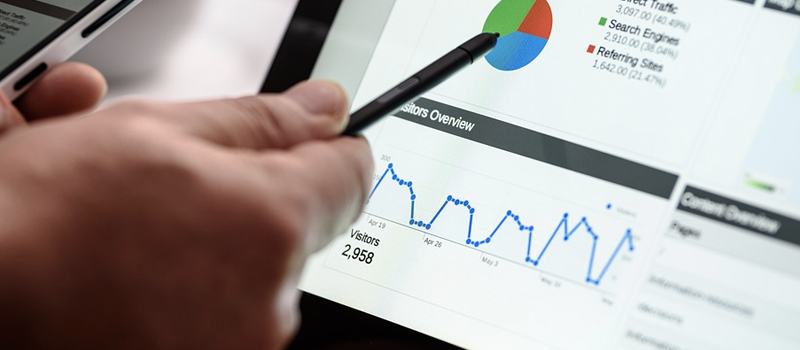Top 5 Components For Model Risk Management Technology Solutions

The annex to this SR letter describes in more detail the key aspects of an effective risk management model, including the development, implementation and use of a solid model; effective verification; and robust governance, policy and control. Developing and maintaining a robust risk management framework model is critical to its effectiveness. As applied to general money laundering models, the risk management framework of the model consists of steps and methods for assessing and minimizing the risk of these models. A risk management model is the creation of a structure within an institution that not only provides information about the use, nature, type, and evolution of the models used in that company, but is also a mechanism that controls the implementation of patterns and the range of applications. and (if necessary) stop using such templates.
Models must be carefully developed, tested and controlled, and they must be managed and controlled by the main areas of management and risk of the institution. Models have long been part of the toolkit used by the financial community to assess, evaluate and manage the various risks they face. They include risk identification. Examples include IT risk, operational risk, regulatory risk, legal risk, political risk, strategic risk, and credit risk.
Key takeaways Risk is a reality for entrepreneurs and managers, regardless of industry or company size. Stocks are rising as new models are developed outside of traditional financial risk zones. As the challenges of the risk management model continue to evolve, many banks are adopting new tools and methods to better manage and monitor this important risk management function. Model risk management techniques within these functions have continued to evolve to improve the MRM function.
By ensuring that effective control is integrated into processes, the Model Risk Management Technology Solutions functions also promotes closer collaboration with advanced risk model management. The governance framework provides the policies, procedures, and managerial controls necessary to verify that the MRM program adequately manages model risk, commensurate with the scale and complexity of banks’ use of models. A banking organization as an internal audit service should evaluate the overall effectiveness of the risk management model, including the ability to take into account both types of model risks for individual models and as a whole. In recent years, the risk management model (MRM) has become an increasingly important priority for banks and other financial services organizations.
In conclusion, the Machine Learning Risk Management Model is a set of techniques that will help your business better prepare for potential worst-case scenarios. Many companies are still at the stage where they are blinded by the success of machine learning models, but without proper risk management and preventive measures, there is a significant risk of losing as much as you could gain from using these complex models. Email Our 2020 Global MRM Survey results 82% of banks globally reported that credit risk patterns have been hit the hardest by the COVID-19 business environment.